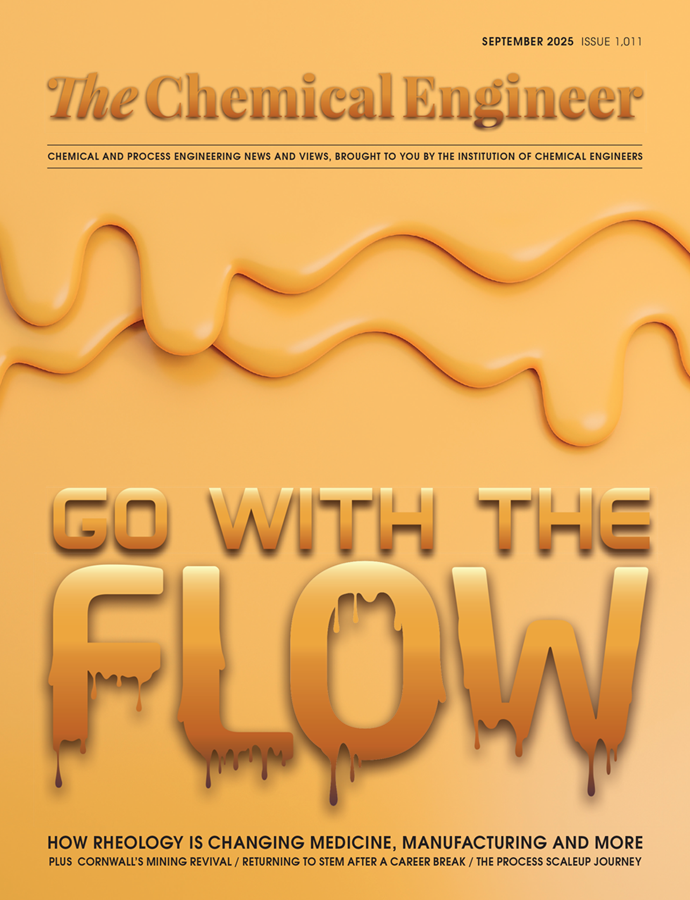Membrane fractionates crude oil without heating

MIT researchers take important step toward reducing industrial energy consumption
A MEMBRANE has been developed that could replace the energy-intensive distillation processes used to fractionate crude oil in refineries.
Researchers from Massachusetts Institute of Technology (MIT) used interfacial polymerisation – widely employed since the 1970s to make thin films for reverse osmosis desalination – to produce their polyimine membranes, suggesting the method is scalable for refining applications.
Oil refining is the world’s third-largest source of greenhouse gas emissions, accounting for nearly 5% of global emissions. Instead of the conventional energy-intensive distillation columns that separate crude oil according to the different boiling points of gasoline, diesel, kerosene and other components, membranes can filter hydrocarbons based on molecular size. Membrane-based separation could significantly lower the energy requirements of fractionation, which uses around 1% of global energy demand for the heat-driven distillation.
The research, part-funded by US oil giant ExxonMobil, was published in Science (doi.org/pvpm). The researchers tested the membranes by filtering a mixture of toluene and triisopropylbenzene (TIPB) hydrocarbons and achieved a concentration of toluene 20 times greater than in the original mixture.
Andrew Livingston, a chemical engineering professor at Queen Mary University of London, who was not involved in the study, said the research was “an important step toward reducing industrial energy consumption”.
Zachary Smith, an associate professor of chemical engineering at MIT and a senior author on the study, said they had developed “a whole new way of envisioning a separation process”. He believes a series of their membranes could one day be used to remove the heat-intensive fractionation process in a refinery.
“You can imagine that with a membrane like this, you could have an initial stage that replaces a crude oil fractionation column. You could partition heavy and light molecules and then you could use different membranes in a cascade to purify complex mixtures to isolate the chemicals that you need.”
This article is adapted from an earlier online version.
Recent Editions
Catch up on the latest news, views and jobs from The Chemical Engineer. Below are the four latest issues. View a wider selection of the archive from within the Magazine section of this site.




